|
Click on pictures to enlarge
|
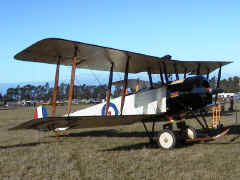 |
 |
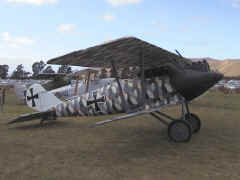 |
| Original Avro 504k
|
Nieuport 27 replica
|
A rare Pfalz D.III replica
|
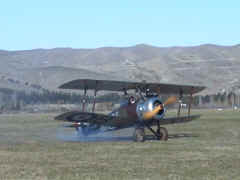 |
Film maker Peter Jackson's Gnome
rotary powered Sopwith Camel. An agile, highly maneuverable
biplane, the Sopwith Camel accounted for more aerial victories than any
other Allied aircraft during World War I. |
 |
|
|
 |
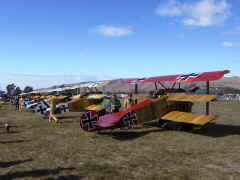 |
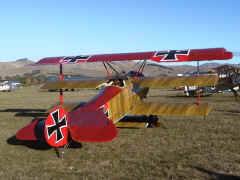 |
| The Russian Polikarpov PO2, highly maneuverable,
yet stable and predictable.
|
Fokker Dr.1 Triplane
"It climbed like a monkey and maneuvered like the devil"
Manfred Von Richthofen
|
 |
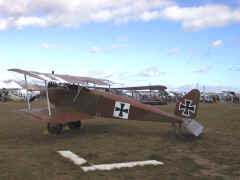 |
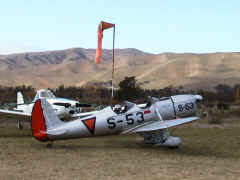 |
| An original Bristol F2b Fighter
|
Halberstadt D.IV replica
|
Ryan STM Trainer, Two-seat monoplane primary
trainer. Metal, wood and fabric construction.
|
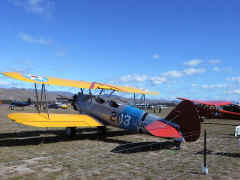 |
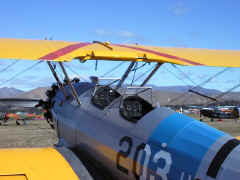 |
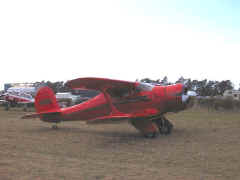 |
| Boeing Stearman, wings are of wood with
fabric covering while the fuselage has a welded steel framework, also
fabric covered.
|
With the Staggerwing, the Beech Corporation had
both a successful corporate aircraft and a winner in racing circles.
|
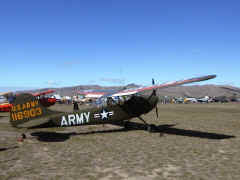 |
 |
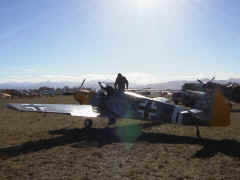 |
|
Cessna L-19 "Bird Dog" observation and
Forward Air Control aircraft traced its origins to the Cessna 170, a
4-place civilian light plane, with its military power upgraded from 145 to
213hp.
|
The first of De Havilland Canada's "bush planes,"
the DHC-2 Beaver was developed in 1947 as a rugged,
highly-versatile aerial truck which could take off and land almost
anywhere, carry a large load, and be very reliable.
|
The Messerschmitt Me 108, a record-breaking sports
aircraft which would be used as the basis of the premiere German fighter
plane of World War II, the Bf 109.
|
